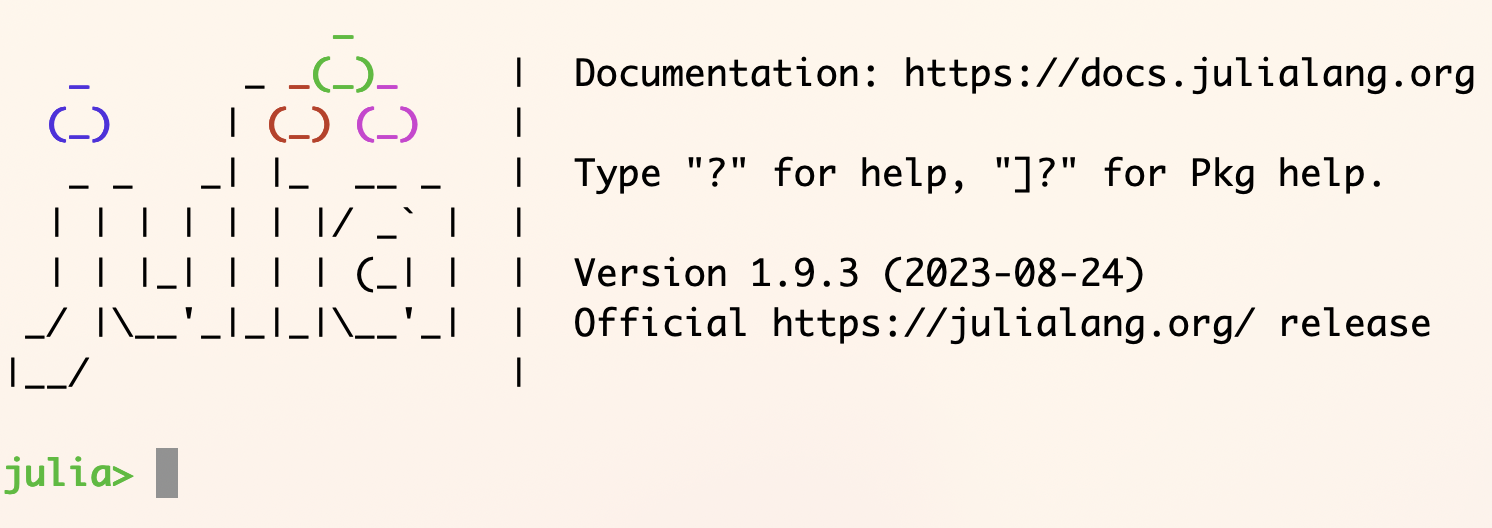What is myth and what does have it to do with code?
Class preparation
1. Defining myth
- From chapter 1 of Walter Burkert, Structure and History in Greek Mythology and Ritual, read section 6 “The Tale Applied” and section 7 “The Historical Dimension” (pp. 22-29). (PDF available in the course Google Drive’s
reading-pdfsfolder, or if you’re signed in to Google possibly from this link.)
What makes a myth different from any other kind of traditional story, in Burkert’s view?
Can you think of any stories from movies, series or novels that you’re familiar with that fit Burkert’s definition of a myth? If stories you especially enjoy or find meaningful don’t qualify as myths in Burkert’s view, what distinguishes them from myth?
Do stories that fit Burkert’s definition of myth have particular features that we might be able to identify algorithmically?
2. Preparing to write code
This semester, we’ll explore digital versions of Greek and Roman mythological texts using the Julia programming language. If you have a computer, before coming to class, you should download and install Julia on your computer. If you don’t have access to a computer, you will be able to use the machines in the Classics Department’s research lab in Fenwick 406. (Please speak with Prof. Smith if you would like to have access to the Fenwick 406 outside of regular work hours when the Classics Department Administrator can let you in.)
- Download Julia here
- Follow these instructions to install Julia:
Throughout the semester, we will stress the importance of defining tests before we write code: how can we know if our code is functioning correctly?
To test whether you have installed Julia correctly, try to open a julia terminal (or REPL, for “Read-Evaluate-Print-Loop”). You should see something like this:

If you do, great! At the julia> prompt, enter exit() to quit the REPL.
In class
Bring a computer with you, and be prepared to open a Julia terminal or REPL.